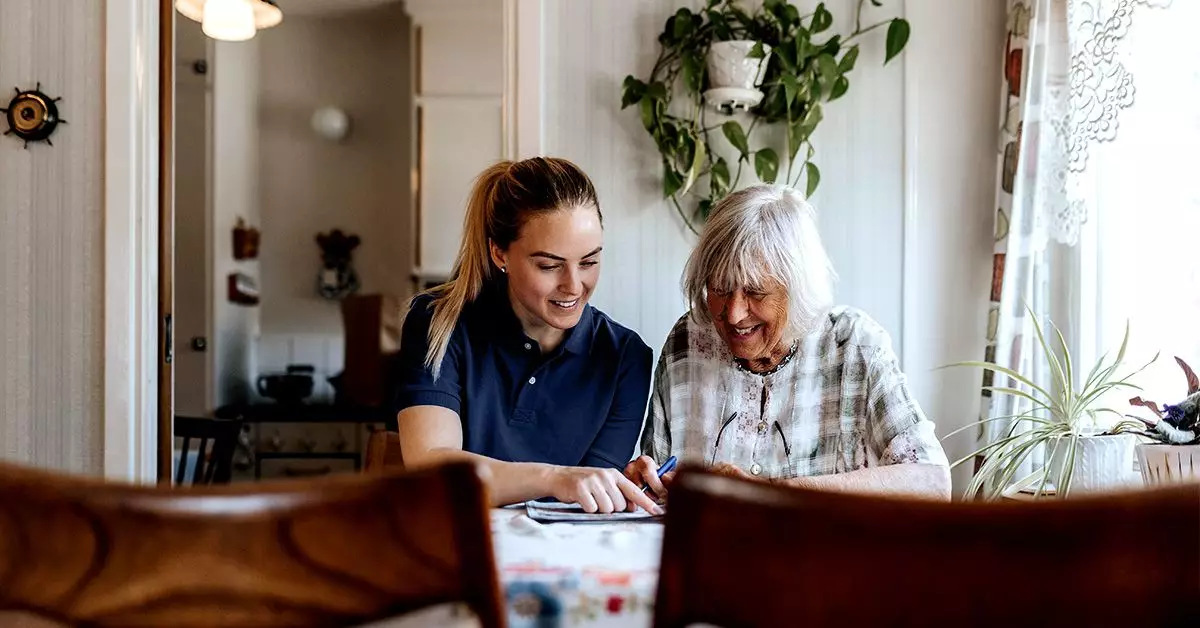Developing care plans is a fundamental aspect of ensuring the well-being of those who require assistance, especially elderly individuals or those with specific health needs. These plans can range from straightforward to intricate, but their effectiveness hinges on how well they are tailored to the individual’s circumstances. As someone who has navigated the complexities of caregiving, I advocate for a personalized approach. By closely observing the habits, preferences, and needs of the person in care, we can design a plan that truly reflects their lifestyle and requirements.
An essential step in creating a comprehensive care plan is the meticulous documentation of the individual’s preferences, particularly concerning food and medication. It’s crucial to record not only what a person enjoys eating but also any items they have developed an aversion to. This simple act of observation lays the groundwork for a more harmonious eating experience, promoting a healthier lifestyle. Additionally, monitoring medication intake and noting any side effects or positive responses can serve as valuable information for healthcare providers. This proactive approach enables caregivers to play an active role in the management of the person’s medical conditions.
Equally important is the organization of resources related to care. Compiling a thorough list of contacts—including medical professionals, support services, and emergency contacts—can significantly streamline communication and facilitate immediate action if necessary. Categorizing these contacts allows for quick access, not just for primary caregivers but also for anyone who steps in to assist. This network of support can be invaluable, ensuring that no critical detail is overlooked during times of need.
Medication and Safety Protocols
Safety in the home cannot be overstated when caring for someone with specific health needs. A detailed inventory of medications, along with the prescribing physician and pharmacy information, enhances preparedness in emergencies. Furthermore, consistently assessing the living environment for potential hazards is crucial. Identifying items that could pose a risk—be it due to physical limitations, fear-inducing objects, or potential choking hazards—can greatly reduce risks and foster a safer atmosphere.
Creating a care plan is not a one-time event; it requires ongoing evaluation and adaptation. Regularly observing and noting any changes in the individual’s behavior or needs can provide insights into how the home environment might require adjustments. Whether it’s modifying the layout to ensure safety or making slight changes based on evolving preferences, remaining responsive to these dynamics will enhance the quality of care provided.
Successful care planning involves a blend of personalized documentation, resource organization, safety measures, and continual adaptation. By putting forth the effort to tailor care plans to the specific needs of individuals, caregivers can create supportive environments that empower their loved ones to thrive. Thus, the implementation of effective care plans not only promotes safety and well-being but also enriches the caregiving experience for everyone involved.

